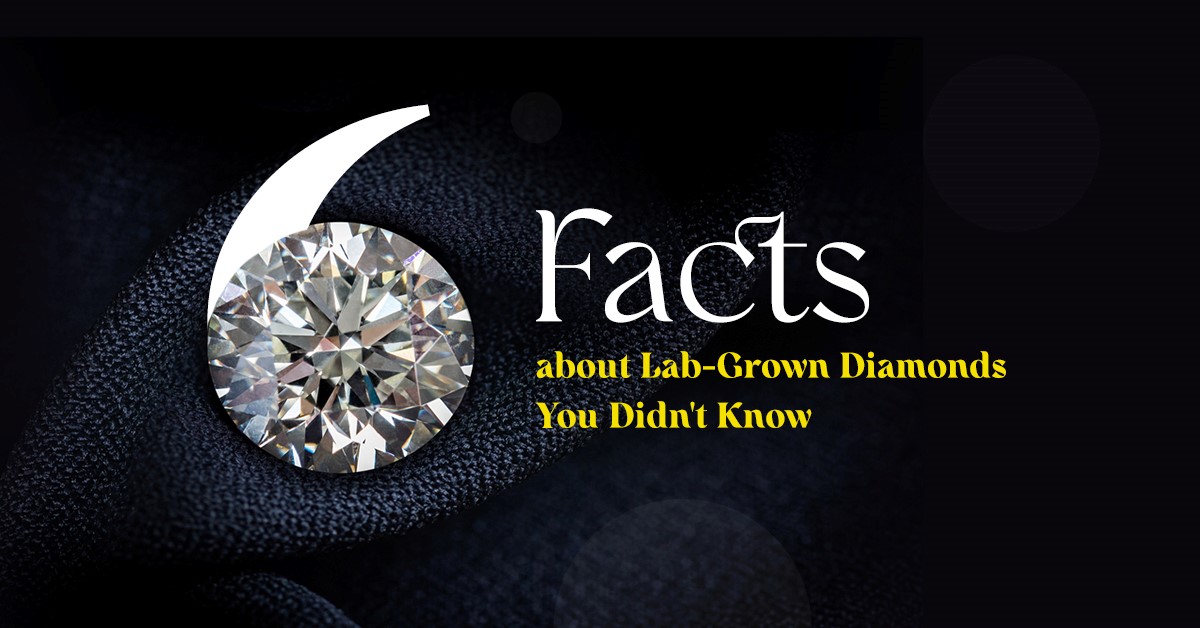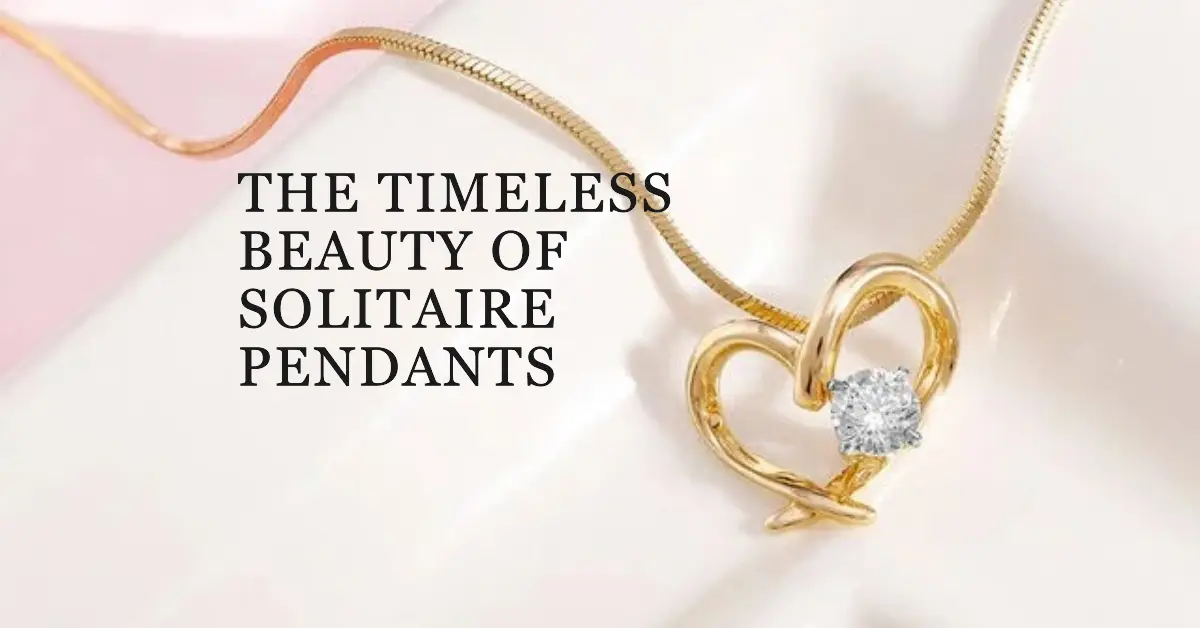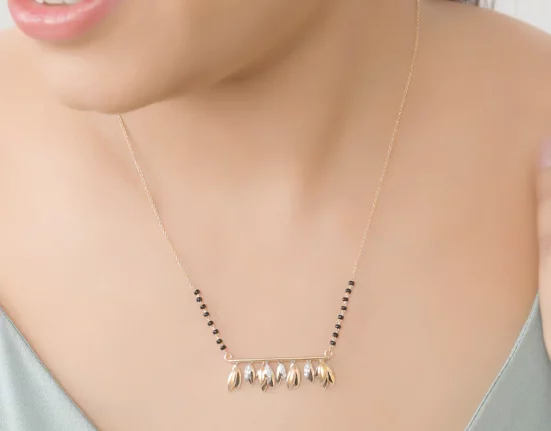Lab-grown diamonds, also known as CVD diamonds (CVD stands for Chemical Vapour Deposition), are very fashionable these days and are widely embraced by people all over the world. Lab-grown diamonds are identical to naturally mined gems as they are formed from the minute carbon seeds of pre-existing diamonds, which transforms them into a 100% diamond procured from a different origin. Although there are synthetic diamonds in existence, however, customers should not confuse them with lab diamonds. The circumstances that cause diamond formation deep inside the earth’s crust, penetrating heat, and pressure remain the same whether the diamond is created in a lab under artificial settings or not. The fact remains, that lab-grown diamonds and the ones that are mined from the earth have no distinction whatsoever. Here is some more evidence that will help customers differentiate between facts from fiction once and for all.
Fact 1: Lab-grown diamonds are as pure as natural diamonds.
Compared to the transparency that lab-grown diamonds give a customer, natural diamonds’ transparency analogous is extremely rare. Only 2% of diamonds found under the earth’s surface reach the level of purity that is expected from cultured diamonds.
Fact 2: There are ways to determine if a lab-grown specimen is conflict-free.
Lab-grown diamonds are conflict-free irrespective of where they have been cultivated. They are sourced from developed economies and are cut and handled in regulated, up-to-date labs. Natural diamonds, on the other hand, must undergo a rigorous inspection to ensure that there are conflict-free.
Fact 3: Over time, lab-grown diamonds do not alter in appearance.
A lab diamond has the same chemical, physical and optical properties as a mined diamond. It will not change its colour or appearance over time. Even after a few million years, it will continue to look precisely the same as the day it was polished. In truth, the gold or platinum of man-made diamond engagement ring would soften if you left it in a lab vat of concentrated nitric and hydrochloric acid, but the diamond(s) would remain unaffected. A lab diamond can be damaged in the same way that a mined diamond can be damaged.
Fact 4: Lab-grown diamonds have a good resale value.
Despite being cultivated in laboratories and relatively new to the market, lab-grown diamonds are gradually taking their rightful place in the resale chain. Unlike mined diamonds which can be easily located, the equipment needed to simulate the conditions more than 100 miles beneath the earth’s surface is quite expensive, with each press costing between USD 500,000 and in reach plus arrangement. The “added value” comes from the marketing expenses add-on and the average cost of mining a natural diamond is USD 200 per carat.
Fact 5: Lab-grown diamonds will not lose its value.
The supply chain for lab-grown diamonds is shorter and more transparent than that for diamonds that are mined. All man-made diamonds are guaranteed to be exchanged or replaced.
Fact 6: Lab-grown diamonds are an ethical option for consumers.
Diamonds have long been the most popular gemstone in the world, and according to some reports, the value of the diamond industry is currently estimated to be $86.9 billion, with an expected increase to $93.4 billion by 2024. They have been typically extracted from the earth and have been used as ornaments, particularly engagement rings, since the dawn of time.
However, despite their enormous popularity, more consumers are now switching to lab-grown diamonds instead, due to the numerous ethical issues of the conventional method of cultivating diamonds. These include environmental problems brought on by mining, such as deforestation, soil erosion, and ecosystem degradation as well as violations of human rights while mining. Lab-grown diamonds are gaining more traction as consumers become reluctant to purchase diamonds from conflict zones.
Research indicates that the market for lab-grown diamonds expanded by about 15-20% in 2019 and is predicted to account for 10% of the global diamond market by 2030. Instead of being mined, these precious gemstones are cultivated in laboratories using artificial and eco-friendly techniques, and therefore the market for them is expanding quickly.
Keep visiting our website: https://www.greenlab.diamonds/






